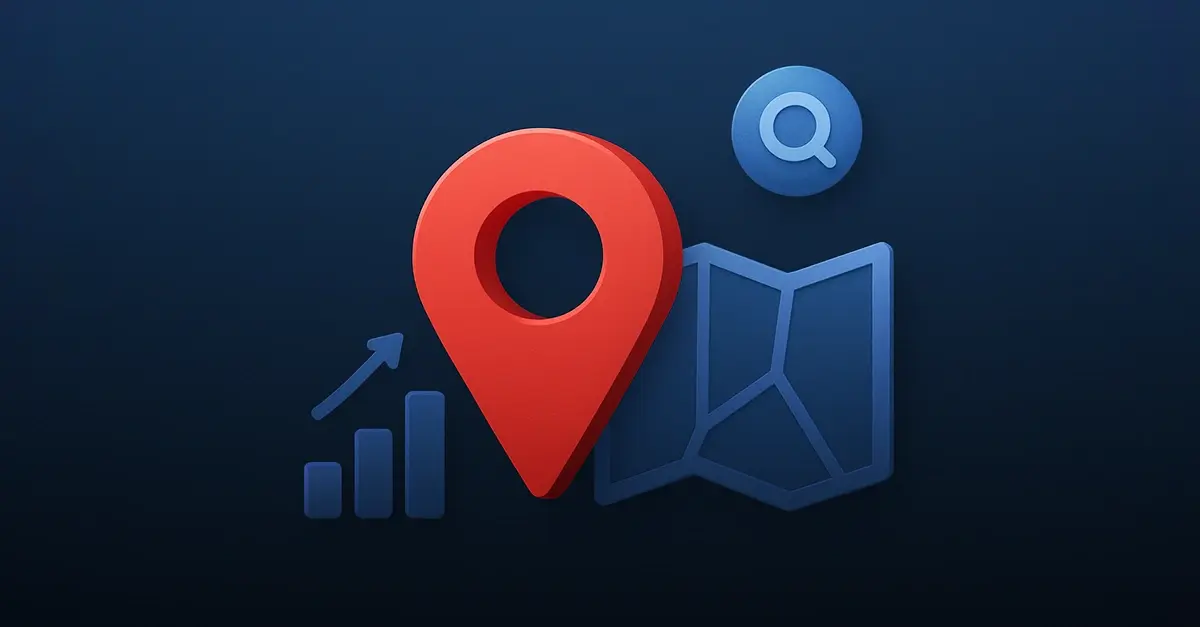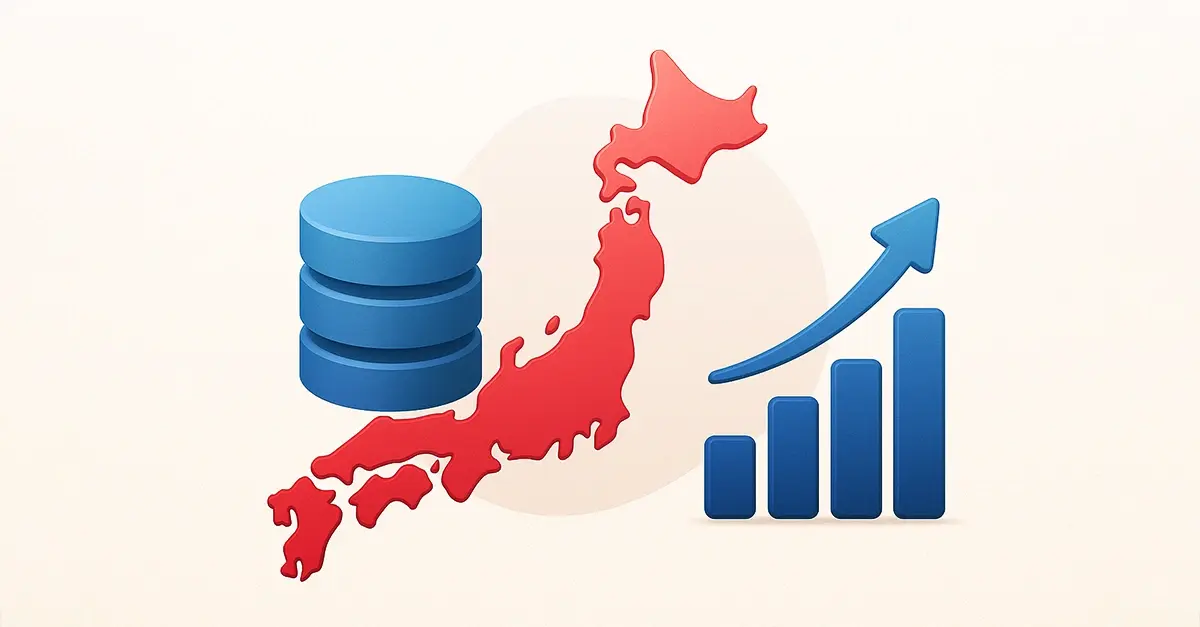In the dynamic realm where data-driven decision-making holds prominence, businesses are in constant search of the Holy Grail of Precision or as we may call it, the key insights that dwell through the noise and pave the way to success.
Here comes the importance of data segmentation in the picture. Data segmentation is not just a buzzword, it is indeed a strategic powerhouse that empowers businesses with targeted precision and intelligence of relevant insights especially in the case of customer data segmentation.
Let us uncover important aspects and key benefits of data segmentation along with relevance in customer data, business analytics, its techniques, applications in different niches like machine learning, etc.
What is Data Segmentation?
Data segmentation is the elaboration of a dataset into multiple, distinct, and significant subsets that are majorly based on specific criteria. This division done strategically allows organizations to have a better understanding of their customer data, patterns, marketing trends, and insights on customer retention.
How is data segmentation relevant to business analytics?

Major of the decisions in business analytics are data-driven, and data segmentation evolves as an important player. It is not just about gathering too much data but extracting actionable insights from customer data.
These segmentation processes are helpful for organizations to curate their marketing strategy, analytical and operational profiling, and allocation of resources with high surgical precision. An understanding of the unique characteristics of each segment helps businesses optimize their operations, improve customer experiences, and drive sustainable growth.
Is Data Segmentation Important?
Imagine if a multinational e-commerce platform wants to improve its user experience and increase sales; and instead of considering its diverse user base equally, it employs techniques for segmenting data. This dissects the customers based on factors like their purchase history, preferences, and levels of engagement giving an idea of customer lifetime value.

This helps sales and marketing teams in identifying high-value customers and crafting personalized promotions that cater to their needs and ultimately enhance business. Besides this, the platform also addresses the requirements of occasional shoppers with achievable discounts and incentives to increase their engagement.
Implementation of Data Segmentation in Machine Learning:
Machine learning is the base of AI and thrives on data. It incorporates the segmentation of datasets into subsets and training models more accurately. This process improves the model's ability to recognize patterns, resulting in accurate predictions.
Data segmentation is a linchpin that helps in transforming raw data in making informed decisions in all niches like image recognition, natural language processing, or recommendation systems.

Models that implement machine learning, especially in the niche of predictive analytics are largely reliable on the quality and preciseness of training data. Data segments help ensure that the model is exposed to a multitude of scenarios within the data sets which further improve the adaptability and robustness.
For example, if any machine learning model is tasked with the module of predicting customer behaviour for a service based on the model of subscriptions. Data segmentation helps this model identify patterns that are relatable to different customer segments by identifying any primary signs of customer dissatisfaction.
This helps in the apt prediction of behaviours of data thereby enabling proactive retention strategies which are tailored to each section.
Data Segmentation Techniques:
Segmentation requires a toolkit of multiple techniques which cater to diverse data sets and meet analytical goals from straightforward requirements to any sophisticated needs.
Each of these techniques segment data with its unique set of strengths and allows analysts and data scientists to curate strategies with the best accuracy.
Four main types of segmentation are:
● Clustering:
This technique involves customer data segmentation based on similarities. The goal is to maximize the intra-group similarity and minimize the inter-group similarity. The popular algorithms of this category are K-means clustering, hierarchical clustering, and DBSCAN.
For example, an online retailer can implement clustering to group customers who have similar purchasing behaviour which will facilitate the sales team to improve their email marketing effectiveness.
● Regression Analysis:
The data segmentation technique is majorly implemented in predictive modelling and helps in identifying relationships between variables. Understanding how a variable influences another variable helps businesses to make and implement informed decisions. It can be applied in marketing to analyze factors that influence sales and further optimise advertising speed.
● Decision Trees:
Decision trees are tree-like models that help in making decisions out of any possible consequences. These models are quite helpful in the classification of problems where the major goal is assigning a specific label to each data point.
For instance, a telecom company applies the decision trees method for the classification of customers into different segments which is based on their usage patterns, therefore, supporting in offering personalized services.
● Neural Networks:
Neural networks are inspired by the structure of the human brain and are exemplary in pattern recognition. They are leveraged through deep learning, a subset of machine learning, for tasks like image and speech recognition.
Healthcare employs a neural network for segmenting medical images which helps in the diagnosis and treatment schedule.
Each of these techniques serves a specific purpose while the choice is dependent on the nature of the data and substantial analytical goals. A combination of these techniques is often applied by an internal data specialists team to fetch comprehensive insights.
Example of a Data Segment:
Consider a global e-commerce giant dwelling into fragments of customer data. Now instead of treating all of its customers alike, its sales team will target customers based on their shopping behaviour. Customers who are frequent buyers and make large purchases make one section while occasional shoppers make a different segment.
These segments uncover the opportunities, and target promotions for the primary, high-end loyalty programs for the latter which maximizes revenue and customer satisfaction.
Understanding this in detail, the high-value segmented customer data can further be expanded based on demographics. This helps the e-commerce platforms to curate their promotions not only based on purchase history but also on factors like age, location, and gender.
In contrast, the segment of occasional shopper is analyzed on their exhibition of behavioural patterns that help in identifying the triggers or reasons for repeat purchases. This data segmentation strategy follows a layered approach which enables organizations to ensure relevance and resonance with each of their customer segments.
SQL Data Segmentation:

SQL is an impactful tool in the niche of data professionals. Data segmentation in SQL is achieved through the implementation of queries that filter, group and aggregate data based on specific conditions. Whether it is the segmentation of customer databases or the analysis of sales data, SQL is a provision of a structured and efficient dissection of datasets into meaningful components.
For example, if a retail chain is analyzing its sales data for the identification of the most profitable products in various regions. SQL helps organizations to segment their audience data based on different product categories and locations. This provides insights into regional preferences and optimizes inventory, marketing strategies, and pricing illustrations for each segment.
The 5 Methods of Segmenting Data:
● Demographic Segmentation:

This segmentation is based on demographic factors like age, gender, income, and education. For instance, a cosmetic brand implements demographic segmentation for curating strategies based on age. The preferences and buying guides differentiate the audience data based on the age segments, while demographic data facilitates the brand to address these differences strategically.
● Psychographic Segmentation:

This customer segmentation strategy revolves around the values, interests, and lifestyles of individuals or groups giving a concrete look into the psychological aspects that largely influence consumer behaviour.
For example, a fitness brand would implement psychographic segmentation to target health-conscious individuals or individuals prioritizing an active lifestyle. This would enable a brand to create messaging that impacts the audience with their values and inspirations.
● Behavioural Segmentation:

Behavioural segmentation makes use of the patterns of consumer behaviour like purchasing habits, brand loyalty, etc.
A streaming service based on subscription service uses behavioural segmentation that categorizes well-defined data segments based on their viewing habits like frequency of views, occasional viewers, and the section that prefers a specific niche. This segmentation curates recommendations for personalized content for existing customers, targeted promotions, and strategies of retention tailored to each segment.
● Geographical Segmentation:
Segregates data based on locations geographically; especially needed for businesses with diverse market needs. For businesses that operate in diverse market regions, an illustration of unique characteristics and preferences is important.
An international fast food chain implements geographic segmentation to accept its menu offerings that cater to regional tastes. This assures that this brand is culturally relevant and in resonance with the local consumer base.
The 5 Types of Segmentation:

- Customer Segmentation:
This includes the division of a customer base into various groups based on shared categories. This segmentation fosters businesses to frame products, services, and strategies to meet their specific needs and preferences.
For example, an online retailer segments its customer base depending on factors like shopping behaviour, preferences, and demographics. This segmentation helps the retailer to create personalized shopping experiences with targeted promotions and loyalty programs.
- Product Segmentation:
Product segmentation is the categorization of an organization's offerings based on features, use cases, or the target audience.
Analysis of these unique characteristics helps businesses to develop targeted data segmentation marketing strategies and optimization of their product portfolios. A tech organization segments its product line into different categories like consumer electronics, enterprise solutions, and software services. This segmentation helps the organization to align marketing messages and distribution channels based on each product category. This maximizes the market reach and effectiveness.
- Channel Segmentation:
Channel segmentation is focused on optimizing marketing strategies based on different communication channels. Since, businesses communicate with customers through different channels like social media, email marketing, mobile apps, and traditional advertising. Channel segmentation helps in tailoring messages and promotions based on uniquely defined characteristics and audience expectations.
For example, a fashion brand incorporates different visuals and messaging techniques on social media platforms compared to its email campaigns which helps in the recognition of the distinctive preferences of users on each channel.
- Time-based Segmentation:
Time-based segmentation is the analysis of data dependent on time intervals which uncovers multiple temporal patterns and trends. This sorting is important for businesses to follow the seasonal variations which demand or want to understand the evolution of customer behaviour over time. We can consider an example of an ice cream manufacturer, who would implement time-based segmentation for the analysis of sales funnel around the year. This segmentation reveals important seasons for definite flavours which allows organizations to adjust their production and marketing strategies accordingly.
- Value-based Segmentation:
Value-based segmentation promotes customers or products that are based on the specific perceived value of the business. This segmentation ensures that not all customers or products are equal contributors to the company's success.
For example, a supreme automotive brand implements segmentation based on factors like brand loyalty, lifetime value, and power of purchasing. This segmentation lets this brand focus on its resources for the cultivation of relationships with high-value customers, and provide them with exclusive benefits and personalized experiences.
Challenges in Customer Data Segmentation:
While data segmentation is a vital tool, it does not come without its challenges. To ensure the relevance and aptness of the segmentation through which a large and dynamic dataset is passed, avoid over-segmentation among the hurdles analysts should navigate.
Relevance & Accuracy:
The success of data segmentation revolves around the aspects of relevance and accuracy of any particular segmentation criteria. If these aspects are not in alignment with the business objectives, the resultant segments do not provide actionable insights.
Continuous refinement and validation of segmentation criteria are vital for ensuring that there is both enough data and less possibility of inaccurate data.
Handling Large Datasets
In the dimensions of big data, a significant challenge arises while handling large and complex datasets implies a significant challenge. Processing, analysis, and derivation of meaningful insights from large data volumes that need the incorporation of advanced tools and technologies.
The scalability of data segmentation techniques is crucial to ensure the efficiency and timelines required in decision-making. Cloud computing, parallel processing, and distributed computing are some of the key strategies required to address the challenges associated with large datasets.
Dynamic Nature of Data:
Markets, consumer behaviours, and business environments are dynamic. The challenge is to adapt data segmentation strategies that accommodate these changes. Static models of segmentation quickly become obsolete which necessitates a proactive approach that monitors and updates segmentation based on evolving trends and shifts in the business landscape.
Over-segmentation:
While segmentation is meant to accord granularity over-segmentation leads to the overload of information and dilution of the impact of insights. To strike the right balance between granularity and practicality is important. Businesses must be adaptive to avoid creating segments that are too narrow or too numerous as this impacts decision-making.
Integration of the Segmentation Results:

Data segmentation needs to be equipped with enough data that can be seamlessly incorporated into the business processes and workflows of decision-making. This ensures the segmentation of insights is accessible and relevant to stakeholders which can be translated into actionable strategies.
Integrating challenges becomes a problem when segmented data are disrupted or not effectively communicated across all the departments.
Final Thoughts:
The dynamic landscape of data analytics prioritizes data segmentation as a vital aspect that encompasses business guiding through the largest ocean of information and existing data. However, it is not just about data, it is also about actionable insights, curating personalized strategies, and making informed decisions. As businesses evolve into deeper regimens of big data and AI, it is important to master the art of data segmentation.
As we propel through this ever-changing landscape of data analytics, we must understand that it is not just a one-time endeavour but a continuous process. Stay connected to the pulse of your data, adopt market segmentation strategies that meet your business needs and let the precision insights take your organization towards sustained success.





Comments